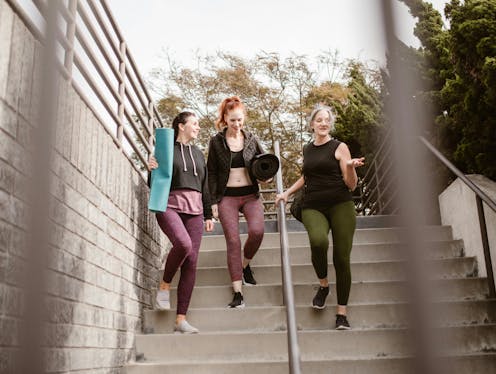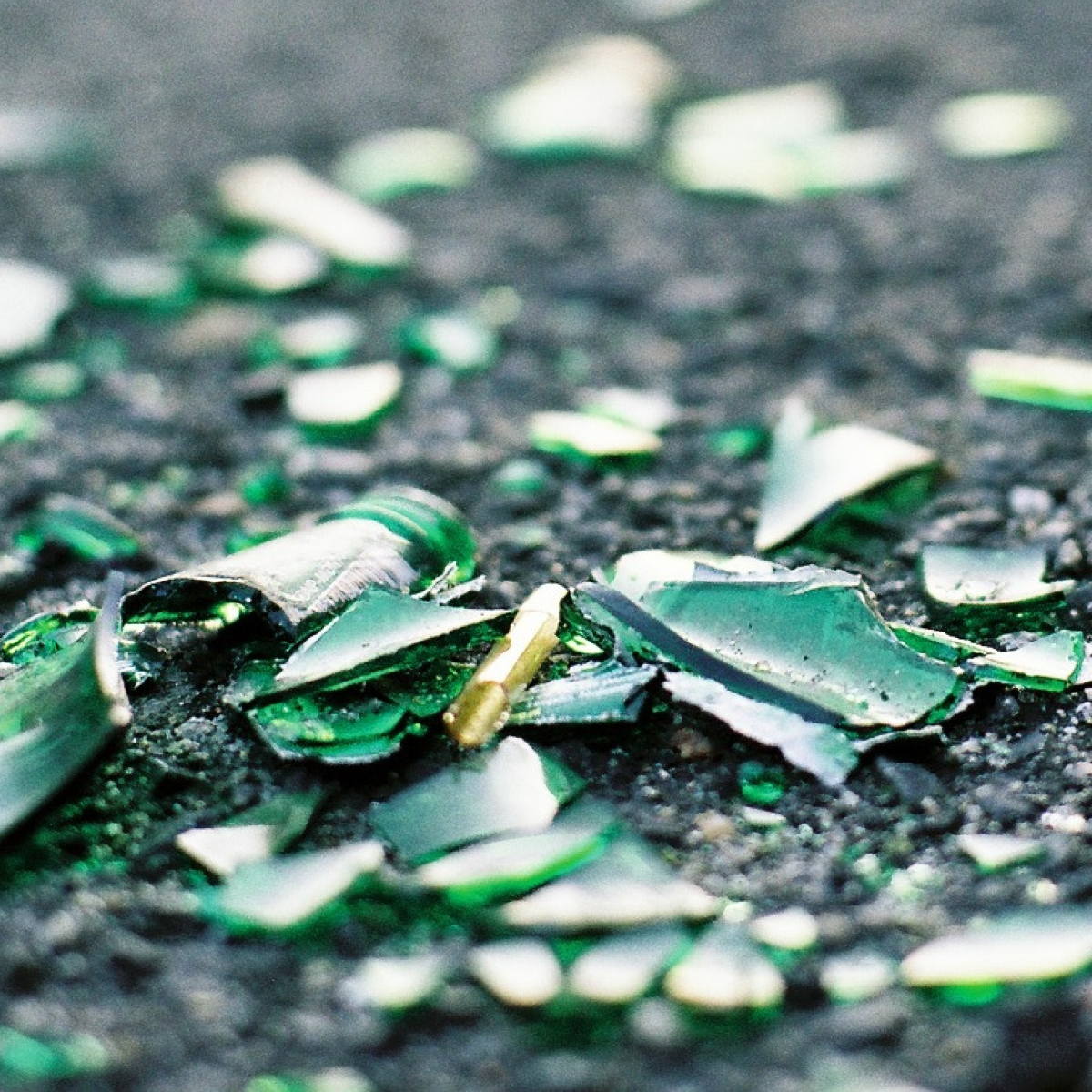LAURA JAYES: Well, late last week, about 3000 passengers were able to disembark a cruise ship, known as the Ruby Princess in Sydney, they were given clearance to do so. In the subsequent days, it’s now been revealed that 26 of those on board the Ruby Princess, have now been tested for coronavirus. Let’s go live, back to Canberra now. Michael Outram, the Australian Board of Force Commissioner joins me live now. Commissioner, thank you for your time. Why were infected passengers allowed to disembark that ship?
MICHAEL OUTRAM: Morning. Well, Laura, without getting into a sort of a blame game, I might explain to you what the actual process is that we’ve put into … strand any vessels at sea. And a lot of Australians are actually passengers on those vessels, so managing those vessels into port becomes important. Now the masters of those ships are required to report any illness or disease, from 96 hours out to- through the Maritime Arrivals Reporting System, to the Department of Agriculture, the biosecurity department. We also have access to that information. So, when the vessels then come into port, they have to fly a yellow flag to show that they have no quarantinable disease on board as well as a second step. And so, when the vessel comes up alongside, what happens is if there’s no reports of any disease or illness, in the current arrangements, the passengers, the Australian passengers are allowed to disembark. They are provided with all the fact sheets, information, declarations about the requirements to self-isolate. The international passengers, of course, they then have to get home. And then it’s a matter for the state or territories, if they want to keep the passengers on the cruise ship until their flight’s available and we put in place arrangements, of course, with shipping agents for them to get to the airport or to allow them to go to hotels and self-quarantine until their flights are available. In the case where there’s a report of illness on the vessel, then that becomes a matter, of course, for the state and territory health department to manage.
So, what I’ve done, is put in place an arrangement where whilst the Boarder Force’s role is customs and immigration clearance for international passengers, I’ve asked my officers, when they’re boarding a ship that’s coming from international waters, to ask the master a simple question – has anyone on this vessel got flu-like symptoms? If the answer is yes, nobody will be getting off that vessel until we’ve double checked that the state or territory health department is aware of that and they can then give their guidance about how they want to measure that.
LAURA JAYES: Okay, but we know the incubation period for coronavirus is about 14 days. That’s why people are asked to self-isolate for that period of time. So, why wasn’t testing done, given that we know these cruise ships in recent times have been almost petri dishes for cultivating this virus. Why wasn’t everyone on board, tested for coronavirus?
MICHAEL OUTRAM: Well, I can’t answer that question, that’s a matter really for NSW Health. What I might say, is that it was a similar vessel that came into port in Victoria, where there were some passengers with flu-like symptoms. All the passengers in that case were held on the vessel, until those passengers have been tested, the swabs have been analysed and the results were known. Unfortunately, they were negative. So, in that case, the passengers were allowed to disembark. So, there is a good process there in place.
LAURA JAYES: [Talks over] So what’s the difference between Victoria and New South Wales here? Was that the state guidelines that were being followed in Victoria, but they were lax in New South Wales?
MICHAEL OUTRAM: Well what we’ve done is we’ve cleared up the protocols with all the states and territories and it’s the process that I stepped you through just a moment ago.
LAURA JAYES: Okay. So, just to be very clear on this – now that there are cruise ships, if they will dock in Australia, just take us through quickly, once again, what is the process? Will they be kept on board for two weeks? Will everyone be tested or … passengers arriving at airports are.
MICHAEL OUTRAM: So, the reason for cruise ships, all cruise ships are, if there is no report of an illness on board, that is that all these ships have doctors on board, if there’s no reports of anybody on board being ill, then of course there’s engagement between the Commonwealth authorities, that’s my organisation, that is customs and immigration clearance, Department of Agriculture, there’s the human biosecurity clearance and the state and territory. If there’s no report of any illness on board, the Australians on that vessel are allowed to go home to self-isolate for two weeks. As is the arrangement now with international passengers arriving into Australia through our airports. If there are international passengers on that vessel who need to get home, then either they can self-isolate on the vessel, they can self-isolate in a hotel. But, once their flight becomes immediately available, they can be taken directly to the airport to fly home, because there are no reports of illness. If, however, there are reports of the illness on the vessel then, of course, that becomes a quarantine matter for the state or territory health department to manage in the best way that they see fit.
LAURA JAYES: Okay. Of the Australians who’ve just returned from overseas, whether they be on a cruise ship or via air, they are required to self-isolate. What are you doing, what is the Australian Border Force doing to enforce that – anything?
MICHAEL OUTRAM: Well, we enforce the laws of the border, we don’t work post-border, so we don’t go knocking on doors or checking on people of course. But what we have done is implemented a system whereby all passengers arriving in our airports have to fill in a declaration form. That declaration form requires that they provide also the na- the address where they’ll be isolating, the phone number, we require their passport details be put on there, and they sign a declaration acknowledging and agreeing to self-isolate. Those cards are collected before people go through the smartgates or through the primary line and immigration clearance. So, we are then providing all of those documents, the state and territory health departments has a record on a daily basis – well more than once a day, in fact, several times a day in some cases – that’s available to state and territory health departments so they can contact and check on those passengers.
LAURA JAYES: [Audio error]… the jurisdiction and ability to spot check, but you give the information to state jurisdictions. And do you know whether they’re spot checking, making sure people are actually self-isolating where they say they will be?
MICHAEL OUTRAM: Yeah. I understand that some have been, certainly I’m aware that in Queensland, Queensland Police have been door knocking. What I can say as well is that a lot of the states have actually got quite significant penalties for people who flout the law, who basically try and circumvent this. They sign the form saying they’re going to self-isolate and don’t.
What I would say is also at the border though, if international passengers come in and they say, well I’m not going to do that, they refuse to sign the form or they refuse to- they say they’re not going to self-isolate, then we’ll look to cancel their visa and send them back – so, we can do that under the Migration Act for health purposes. And certainly, my guidance to my officers is that we should do that in those cases.
Where an Australian says they’re not going to isolate or refuses to sign the form, we notify as a matter of course then the state or territory concerned.
LAURA JAYES: Okay. One last question, at airports there is anecdotal reports and evidence of no temperature checks being done, no temperature checks in sight, and the only real changes – and I’ll give you Sydney Airport, I don’t want to say all airports, there is no access to smartgates, so you have to line up and physically see a customs officer. But the other thing was that there was one person, and I don’t know whether they’re an Australian Border Force official or not, but was doing, seemed to be doing random checks on people, but only really talking to one in 200. Is that about correct, about what’s happening, at least Sydney Airport?
MICHAEL OUTRAM: No, it’s nowhere near correct, Laura. So, I’ve got about 120 officers a day at Sydney airport. Department of Agriculture – I don’t know how many biosecurity officers they have, but it’s quite a few. And so, the process is that whilst we’re doing immigration and customs clearance, that’s the Border Force, if we identify any passenger or a passenger themselves self-identifies as being unwell, or an airline tells us a passenger’s unwell, then that passenger is automatically referred to a biosecurity officer who then sends them down the line for a health check by a registered nurse in the state or territory health department. Moreover, my officers are roaming around the airport engaging with passengers, and of course we’re still very focussed on the number of flights, we focus on certain high-risk flights. But also, we’re looking for passengers who may appear to be unwell. But bear in mind, this isn’t a perfect, fail-safe mechanism, because with this virus unfortunately, it’s transmissible before-
LAURA JAYES: [Talks over] No. But are you temperature checking, and are people just not seeing it?
MICHAEL OUTRAM: No, the Border Force don’t temperature check, we do customs and immigrations clearance. Temperature checking is being done by registered medical practitioners at the airports, and there are state and territory nurses who are provided by the states and territories to the airport, there’s a line there. I’ve been through the process myself, the other week I put myself through to process to see what they do …
LAURA JAYES: Michael Outram, appreciate your time. Australian Border Force Commissioner, we will speak again soon, no doubt.
MICHAEL OUTRAM: Thank you, Laura. Thank you.







